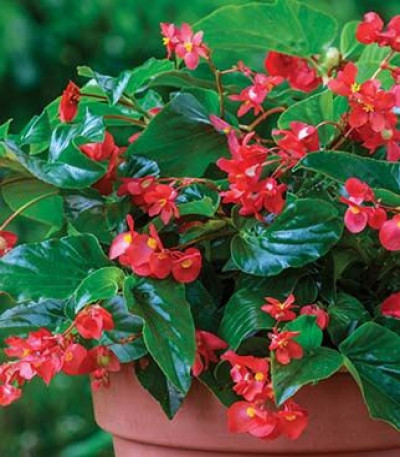


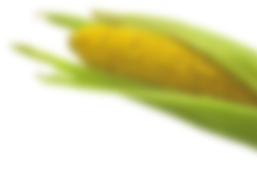
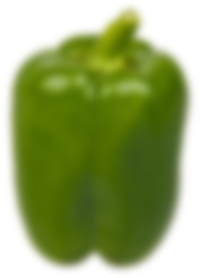
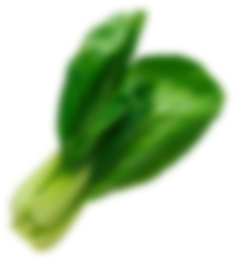
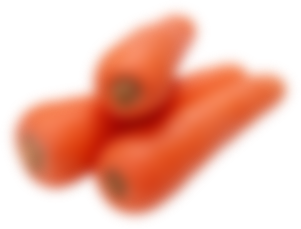
Begonia, Dragon Wing
€10.68
(Price per package)
Huge plants—up to 10–18" across—with exotic, shiny, wing-shaped leaves, hanging stems and bright scarlet-red flowers. Begonias are one of the few plants that bloom under almost any light conditions, but they do best in light shade.
- Park Seeds (Spain)
- Full Shade, Part Sun
- 10-18 inches
- 12-15 inches
- 16 weeks
- Indoor Sow
Begonia may be grown from seed sown early indoors and transplanted outside after frost, started from potted plants in the garden, or started from tubers inside early or outside after frost.
Sowing Seed Indoors:
- Fibrous rooted begonias may be started indoors 3 months before the last frost using a seed starting kit.
- Sow very shallowly in seed starting formula as seeds need light to germinate well.
- Keep the soil moist at 70-75 degrees. Begonias can benefit with bottom heat.
- Seedlings emerge in 15-21 days.
- As soon as seedlings emerge, provide plenty of light on a sunny windowsill or grow seedlings 3-4 inches beneath fluorescent plant lights turned on 16 hours per day, off for 8 hours at night. Raise the lights as the plants grow taller. Incandescent bulbs will not work for this process because they will get too hot. Most plants require a dark period to grow, do not leave lights on for 24 hours.
- Thin to one seedling per cell when they have two sets of leaves. Seeds are tiny but plants grow quickly.
- Seedlings do not need much fertilizer, feed when they are 3-4 weeks old using a starter solution (half strength of a complete indoor houseplant food) according to manufacturer’s directions.
- For a more bushy plant pinch the top of the plant off when it has 6-8 leaves.
- Transplant hardened-off seedlings to the garden after all danger of frost.
- Before planting in the garden, seedling plants need to be “hardened off”. Accustom young plants to outdoor conditions by moving them to a sheltered place outside for a week. Be sure to protect them from wind and hot sun at first. If frost threatens at night, cover or bring containers indoors, then take them out again in the morning. This hardening off process toughens the plant’s cell structure and reduces transplant shock and scalding.
Starting Begonias From Tubers:
- For tuberous begonias, insert thin stakes next to tall cultivars at planting time, and use yarn to tie the stems loosely to the stakes as they grow as the brittle stems break easily.
- Since tuberous begonias can take 3 months to produce a flower you may wish to start them inside and set them outside after all danger of frost.
- Set tubers cup side up in shallow 6 inch pots filled with potting soil. Cover each tuber with one inch of potting soil.
- Keep soil barely moist at 70-75 degrees. Do not overwater.
- To produce larger but fewer flowers, pinch off all but a few young stems.
- Before planting in the garden, plants need to be “hardened off”. Accustom plants to outdoor conditions by moving them to a sheltered place outside for a week. Be sure to protect them from wind and hot sun at first. If frost threatens at night, cover or bring containers indoors, then take them out again in the morning. This hardening off process toughens the plant’s cell structure and reduces transplant shock and scalding.
Planting Potted Plants in the Garden:
- Select a location in full to part shade with good rich moist organic soil.
- Prepare the bed by turning the soil under to a depth of 8 inches. Level with a rake to remove clumps of grass and stones.
- Most plants respond well to soils amended with organic matter. Compost is a wonderful form of organic matter with a good balance of nutrients and an ideal pH level, it can be added to your planting area at any time. If compost is not available, top dress the soil after planting with 1-2 inches of organic mulch, which will begin to breakdown into compost. After the growing season, a soil test will indicate what soil amendments are needed for the following season.
- Plants should stand 12 inches apart in the garden.
- Dig a hole for each plant large enough to amply accommodate the root ball.
- Set level with the surrounding soil. Fill with soil to the top of the root ball. Press soil down firmly with your hand leaving a slight depression around the plant to hold water.
- Water thoroughly, so that a puddle forms in the saucer you have created. This settles the plants in, drives out air pockets and results in good root-to-soil contact.
- Use the plant tag as a location marker.
- Water thoroughly, so that a puddle forms in the saucer you have created. This settles the plants in, drives out air pockets and results in good root-to-soil contact.
- If you live in a warm area tuberous begonias may be planted directly in the soil. Plant the tubers cup side up 12 inches apart and one inch deep.
- Stake large tuberous begonia at the time of planting to avoid root damage.
- Keep weeds under control during the growing season. Weeds compete with plants for water, space and nutrients, so control them by either cultivating often or use a mulch to prevent their seeds from germinating.
- Mulches also help retain soil moisture and maintain even soil temperatures. For annuals an organic mulch of shredded leaves lends a natural look to the bed and will improve the soil as it breaks down in time. Always keep mulches off a plant’s stems to prevent possible rot.
- Keep plants moist but not wet during the growing season, especially during dry spells. Plants need about 1 inch of rain per week during the growing season. Use a rain gauge to check to see if you need to add water. It's best to water with a drip or trickle system that delivers water at low pressure at the soil level. If you water with overhead sprinklers, water early in the day so the foliage has time to dry off before evening, to minimize disease problems. For tuberous begonias try not to wet the leaves and flowers. Keep the soil moist but not saturated. Do not over water fibrous begonias.
- Until plants become established, some protection from extreme winds and direct, hot sunlight may be necessary. Good air movement is also important.
- After new growth appears, a light fertilizer may be applied. Keep granular fertilizers away from the plant crown and foliage to avoid burn injury. Use low rates of a slow release fertilizer, as higher rates may encourage root rots.
- Deadhead throughout the season.
- Monitor for pests and diseases. Check with your local Cooperative Extension Service for pest controls recommended for your area.
- Remove plants after they are killed by frost in fall to avoid disease issues the following year.
- Dig up tuberous begonia tubers just before the first frost. Cut back the stems and foliage and remove excess soil from the tubers. Dry them in a protected, shady, well ventilated spot, and store in boxes or shallow trays in a cool and dry location over the winter.
- Use fibrous rooted begonias in containers and as edgings, as miniature temporary hedges, or in shade gardens to add summer-long color. They make a great cover over daffodils and other spring bulbs as well.
- Once planted, fibrous begonias need almost no care beyond watering during dry weather.
- Combine tuberous begonias in containers with other shade loving plants, in the ground they are lovely with ferns and other shade loving perennials. Keep them from walkways as the stems are brittle and easily broken.
-
Miles
Add review
© 2019 Vegetable Seeds – Vegetable Seed Store

